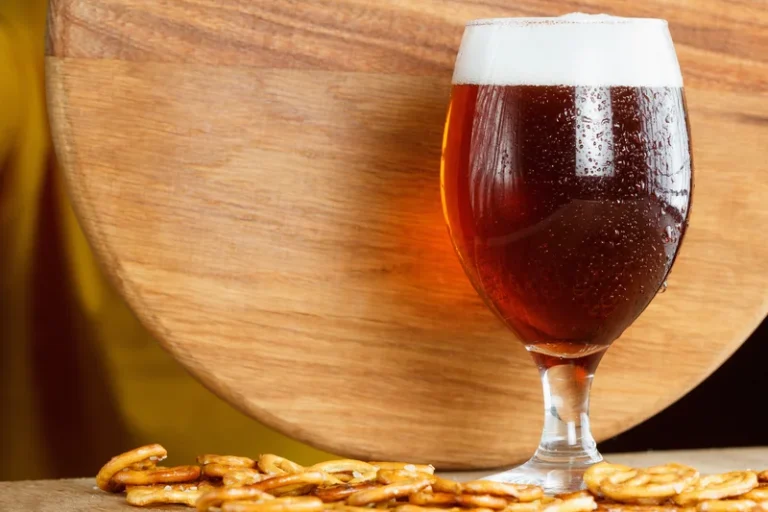Alcohol consumption irritates the lining of the stomach and intestines. A night of drinking can cause uncomfortable symptoms like diarrhea, nausea, and vomiting. Chronic and excessive alcohol use disrupts the balance of bacteria in the gut microbiome (dysbiosis).
Brain/Memory
Naltrexone helps decrease total drinks consumed per day, cravings, and pleasurable effects of alcohol. Injectable Naltrexone (Vivitrol) injections are given once a month, providing a way to get beneficial effects for 30 days at a time. Patients can and do drink while taking naltrexone, but it is less pleasurable, and effects of alcohol on the body they also take Naltrexone to prevent or decrease anticipated likely drinking events. Yet early indicators of alcohol issues show that if attention were paid, excessive drinking might be headed off before alcoholism develops. For example, experts now recognize a pre-addiction stage of alcohol use disorder (AUD).
- Alcohol puts the brakes on your body’s defenses, or immune system.
- Kindling is a problem that can occur following a number of episodes of withdrawal from alcohol.
- It also includes binge drinking — a pattern of drinking where a male has five or more drinks within two hours or a female has at least four drinks within two hours.
- The content published in Cureus is the result of clinical experience and/or research by independent individuals or organizations.
- Just as family history plays a role in the development of an alcohol use disorder, how quickly the body processes and excretes alcohol also has a genetic link.
- If you are on any medications, talk to your health care provider about how alcohol may affect them.
- NIMH statistics pages include statistics on the prevalence, treatment, and costs of mental illness for the population of the United States.
Support for this browser is being discontinued
After more analysis of the research, that doesn’t seem to be the case. In general, a healthy diet and physical activity have much greater health benefits than alcohol and have been more extensively studied. Over time, heavy drinking makes the organ fatty and lets thicker, fibrous tissue build up. That limits blood flow, so liver cells don’t get what they need to survive. As they die off, the liver gets scars and stops working as well, a disease called cirrhosis. If you drink heavily for a long time, alcohol can affect how your brain looks and works.
Alcohol use disorder
But when you ingest too much alcohol for your liver to process in a timely manner, a buildup of toxic substances begins to take a toll on your liver. Experts recommend avoiding excessive amounts of alcohol if you have diabetes or hypoglycemia. Dehydration-related effects, like nausea, headache, and dizziness, might not appear for a few https://ecosoberhouse.com/ hours, and they can also depend on what you drink, how much you drink, and if you also drink water. With it comes all the wonderful celebrations that help to make those precious memories we carry in our hearts forever. The high school prom and graduations, college graduations, the wedding season and of course this weekend, Mother’s Day!
Your Brain Shrinks
To keep it all going smoothly, you need them in the right balance. For example, some studies suggest that moderate alcohol drinking can affect fertility for some women. Research also shows that heavy drinking by men may lower testosterone levels and affect the making of sperm. New research has found that psilocybin reduces alcohol consumption in rats by altering the left nucleus accumbens in the brain. Most recently, real-world human studies have been very positive in reporting decreases in drinking for diabetic patients treated with GLP-1s (think Ozempic and Wegovy). Animal studies also show that GLP-1 receptor agonists suppress the rewarding effects of alcohol and reduce alcohol consumption.
More Stomach Acid
For example, it can cause liver damage — including cirrhosis — brain damage, heart failure, diabetes, cancer and susceptibility to infections (9, 54, 58, 72, 73, 74). Many different subtypes of alcohol dependence exist, characterized by alcohol cravings, inability to abstain or loss of self-control when drinking (71). In fact — while drinking beer regularly may cause an increase in waist circumference — the well-known “beer belly” — wine consumption may have the opposite effect (31, 35, 36). Ethanol reduces communication between brain cells — a short-term effect responsible for many of the symptoms of being drunk. Alcohol is metabolized by the liver, and frequent intake can lead to increased fat inside liver cells. Ethanol, the active ingredient in alcoholic drinks, is generally referred to as “alcohol.” It can have powerful effects on your mental state.
- However, there may be legal, financial, or relational consequences for drinking heavily.
- An estimated 12% of Americans are believed to have been dependent on alcohol at some point in their life (69).
- Fatty liver gradually develops in 90% of those who drink more than a 1/2 ounce (15 ml) of alcohol per day (4, 5).
- Over time, it causes heart muscles to droop and stretch, like an old rubber band.
- Even among those who don’t drink heavily, some will experience diarrhea and cramping.
- When misused, alcohol can do as much (or even more) overall harm as many illegal drugs.
- Moderate drinking is defined as at most one standard drink per day for women and at most two for men, while heavy drinking is defined as more than three drinks per day for women and four for men (80).
Risk factors for alcohol use disorder
Habitual heavy drinking is genetically similar to AUD -an important risk for developing alcohol dependence. On the other hand, alcohol abuse and alcohol addiction are linked to severe negative effects on both physical and mental health. Keep in mind that your cancer risk may increase — regardless of how much you are drinking. The liver metabolizes most of the alcohol you consume, breaking it down into acetaldehyde. Acetaldehyde is a toxin that can damage the body’s organs and tissues before it is further broken down into acetate.
The toxic effects of alcohol overwhelm the body and can lead to impairment and some even more serious medical side effects, including death in severe cases. While moderate alcohol consumption may reduce your risk of heart disease, heavy drinking may increase it. Prolonged alcohol intake for many years has been known to cause serious ailments in human beings since time memorial. Even after knowing that this dangerous addiction paves the way to one’s own grave, there isn’t much difference in the way the community sees this deadly habit. Time and again history has proven that this fatal addiction could make the life of those who consume it terrible.
- Over time, this imbalance triggers chronic gastrointestinal inflammation, leading to a higher risk of gastrointestinal diseases.
- Steatotic liver disease develops in about 90% of people who drink more than 1.5 to 2 ounces of alcohol per day.
- Further research on neuromodulation (TMS), ketamine, psychedelics, and GLP-1 receptor agonists may increase patient and physician interest in AUD treatment.
- As you drink an alcoholic beverage, alcohol moves into your bloodstream through the stomach and small intestine.
Deciding about drinking
While you may experience euphoria or relaxation at first, in the long run, alcohol affects neurotransmitters, which can lead to changes in your thoughts, moods, and behavior. Your central nervous system consists of the brain, spinal cord, and neurons that communicate messages throughout your body. It powers key functions and processes like movement, memory, speech, thought processes, and more. A comprehensive 2015 review found that alcohol use is one of the leading contributors to pancreatitis because it causes the pancreas to produce toxic substances. Your liver produces enzymes that break down alcohol, but your liver can only handle so much alcohol at one time (approximately 1 ounce per hour).





